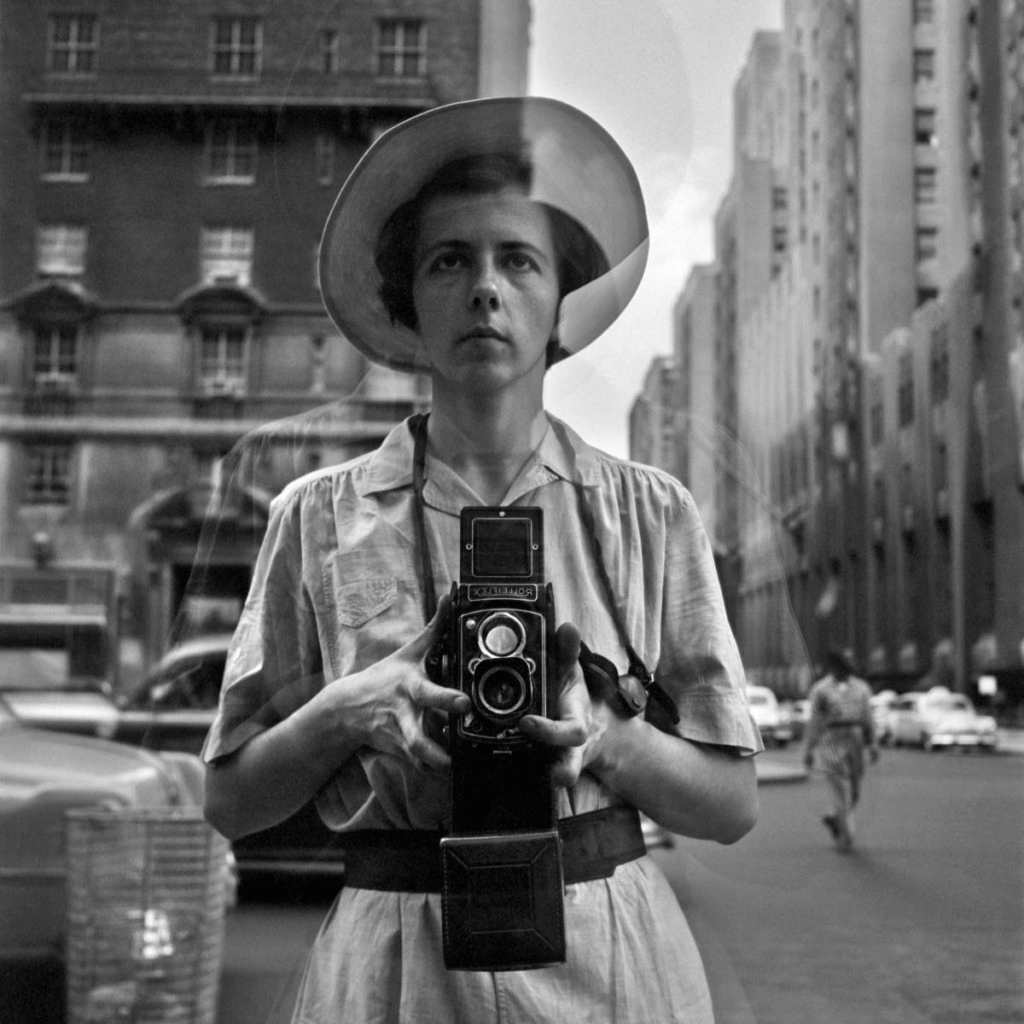Getting My Framing Streets To Work
Getting My Framing Streets To Work
Blog Article
Everything about Framing Streets
Table of ContentsNot known Incorrect Statements About Framing Streets Things about Framing StreetsNot known Details About Framing Streets The 6-Second Trick For Framing StreetsHow Framing Streets can Save You Time, Stress, and Money.The Main Principles Of Framing Streets
Photography category "Crufts Dog Show 1968" by Tony Ray-Jones Street digital photography (likewise in some cases called candid photography) is digital photography conducted for art or inquiry that includes unmediated opportunity experiences and arbitrary incidents within public places, typically with the objective of capturing photos at a definitive or emotional minute by cautious framework and timing. 
Things about Framing Streets
Susan Sontag, 1977 Street digital photography can focus on individuals and their habits in public. In this respect, the road photographer is comparable to social docudrama digital photographers or photojournalists who also work in public places, however with the goal of recording newsworthy events. Any of these digital photographers' pictures may capture individuals and residential or commercial property noticeable within or from public areas, which usually requires navigating moral problems and regulations of privacy, security, and home.
Representations of daily public life create a category in virtually every period of world art, starting in the pre-historic, Sumerian, Egyptian and early Buddhist art periods. Art handling the life of the street, whether within views of cityscapes, or as the leading theme, appears in the West in the canon of the Northern Renaissance, Baroque, Rococo, of Romanticism, Realism, Impressionism and Post-Impressionism.
Framing Streets Fundamentals Explained
Louis Daguerre: "Blvd du Temple" (1838 or 1839) In 1838 or 1839 the very first photograph of figures in the street was recorded by Louis-Jacques-Mand Daguerre in one of a pair of daguerreotype views extracted from his studio window of the Blvd du Holy place in Paris. The second, made at the elevation of the day, reveals an uninhabited stretch of street, while the various other was taken at about 8:00 am, and as Beaumont Newhall records, "The Boulevard, so continuously loaded with a relocating crowd of pedestrians and carriages was flawlessly solitary, except a person who was having his boots cleaned.
His boots and legs were well specified, but he is without body or head, due to the fact that these were in movement." Charles Ngre, waterseller Charles Ngre. https://filesharingtalk.com/members/590940-framingstreets1 was the first digital photographer to obtain the technological class required to sign up people in activity on the street in Paris in 1851. Professional Photographer John Thomson, a Scotsman collaborating with reporter and social activist Adolphe Smith, published Road Life in London in twelve monthly installations beginning in February 1877
Framing Streets for Dummies
Eugene Atget is considered a progenitor, not due to the fact that he was the very first of his kind, however as an outcome of the popularisation in the late 1920s of his document of Parisian roads by Berenice Abbott, who was inspired to embark on a similar documentation of New york city City. [] As the city created, Atget helped to promote Parisian roads as a deserving topic for photography.

Unknown Facts About Framing Streets
Andre Kertesz.'s widely appreciated Images la Sauvette (1952) (the English-language version was titled The Crucial Moment) promoted the concept of taking a picture at what he labelled the "decisive minute"; "when type and web content, vision and structure merged into a transcendent whole" - vivian maier.
Framing Streets Fundamentals Explained
, then an instructor of young kids, associated with Evans in 193839.'s 1958 book,, was significant; raw and usually out of emphasis, Frank's photos questioned conventional digital photography of the time, "tested all the formal guidelines laid down by Henri Cartier-Bresson and Walker Evans" and "flew in the face of the wholesome pictorialism and wholehearted photojournalism of web link American magazines like LIFE and Time".
Report this page